Environmental portraiture is about representing someone’s daily life or livelihood through the background or surrounding environment of a portrait image of the subject.
Examples of Environmental Work
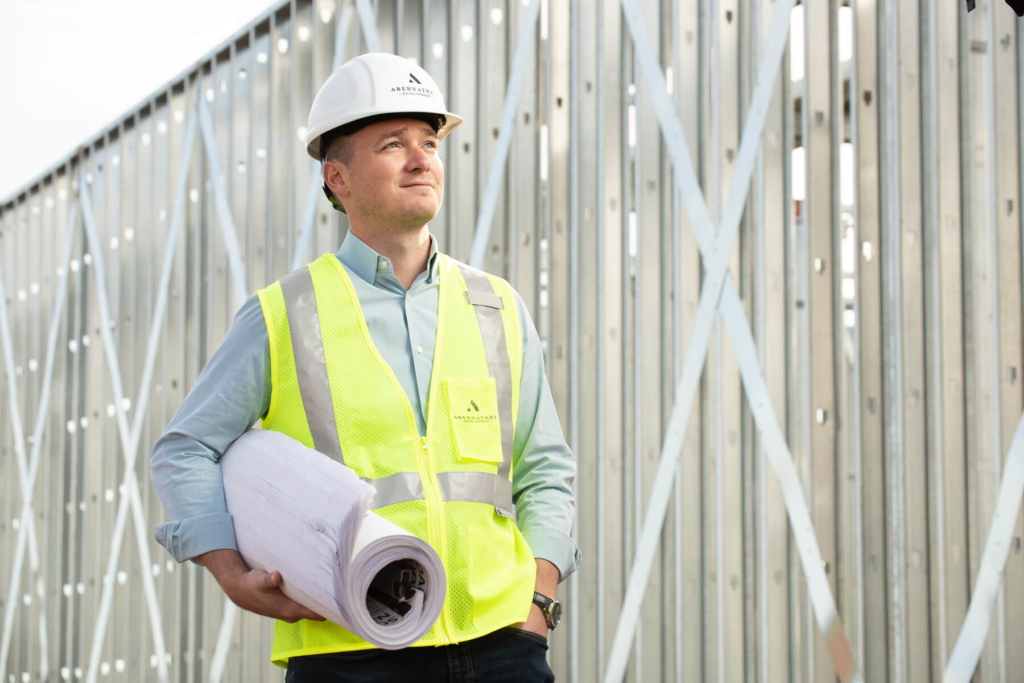


https://www.kevinlj.com/how-to-take-better-environmental-portraits-17-tips/
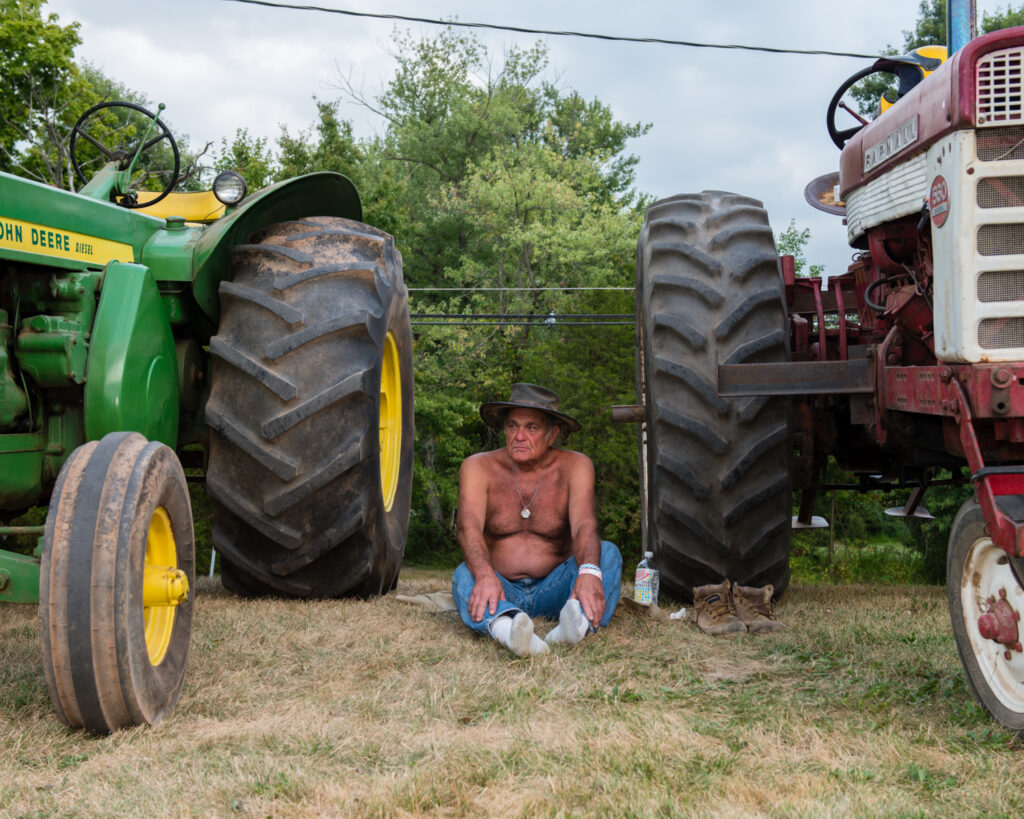
In this photo the photographer uses natural lighting from above the subject as this photo was taken outdoors where its implied he spends a lot of his time as he is shirtless outside on the grass in between two tractors. This environment implies the subject works a job within agriculture or a farmers trade. the photo has been taken from a lower angle to accentuate the giant size of the tractors, as well as the frame cutting off half of each of the tractors to keep the subject as the main focus. We can infer the photo is un-posed as the subjects gaze looking away and he is not engaged with the camera.
August Sander
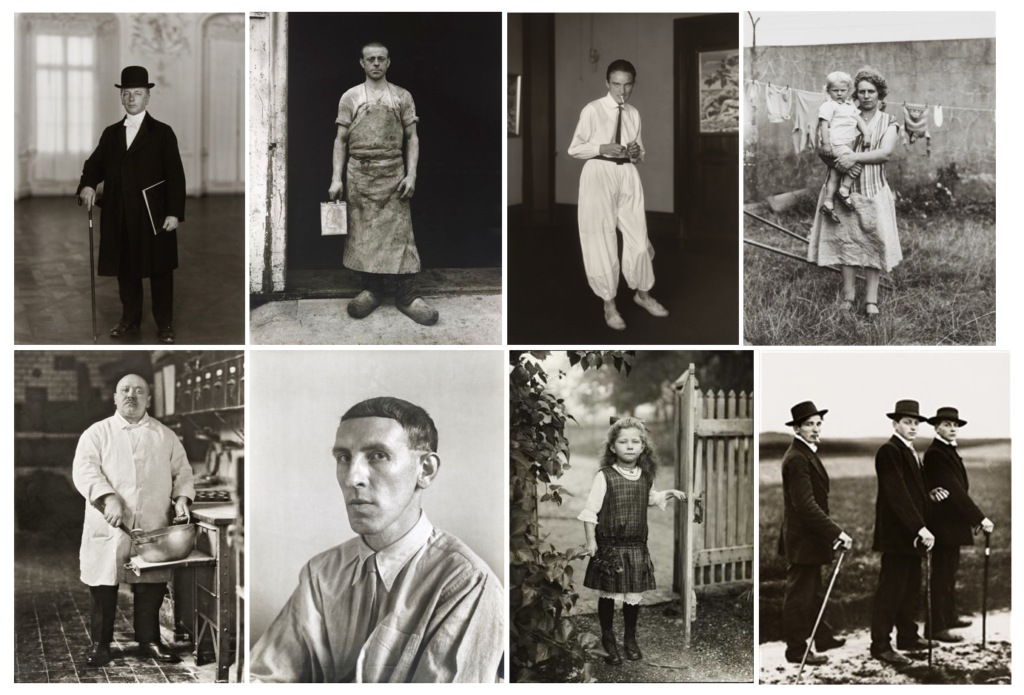
Born in 1876, Sander developed his interest in photography around 1898 when he began working in photographic firms and by 1904 he had opened his own photographic firm in Austria. He then moved to Cologne in 1909 and began to photograph the urban workers and farmers. After WW2 Sander set out to recapture the faces and document life after around 40,000 negative images were destroyed during the war so he started his project “Faces of The 20th century” also known as “Man of The 20th Century” in 1929. Sander created a catalogue with over 600 photos of the people he captured in his project. Many years later his work is still influencing photographers around the world.
In this environmental portrait you can tell a lot about the person such as the fashion of the decade, as well as this, we can guess he worked in construction as he looks to be carrying bricks. This tells us about the history of the time too as we know there was an increase in labour and construction after the destruction of the war left a lot of the cities needing to be rebuilt and repaired. The lighting is pretty dark as we can see the background is black giving the impression this was taken at night or possibly inside a construction site, such as an unfinished house. It looks like there’s lighting coming from behind the camera or the flash could be on. There isn’t much of setting due to this but because of the bricks we can interpret a lot like I’ve previously mentioned. The framing is cropped around the subject and is a three-quarter-length shot with a head on angle. The subject has a deadpanned expression and is looking at the cameras.
What Is Typology?
Typology is the study of types such as classification and categorization.
My Plan for Photoshoots
- I will first go around the school and take photos of staff and students I can find.
- I will then go to town after school and take as many photos as I can of retail workers in local shops, in the market and possibly shoppers.
- I will also take photos of my friends at school or out.
My Photos


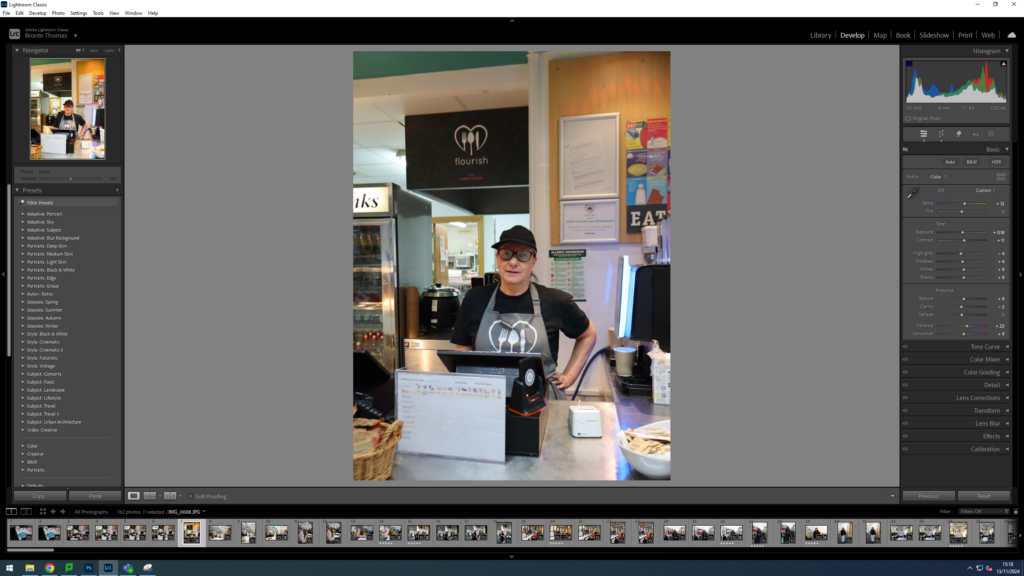


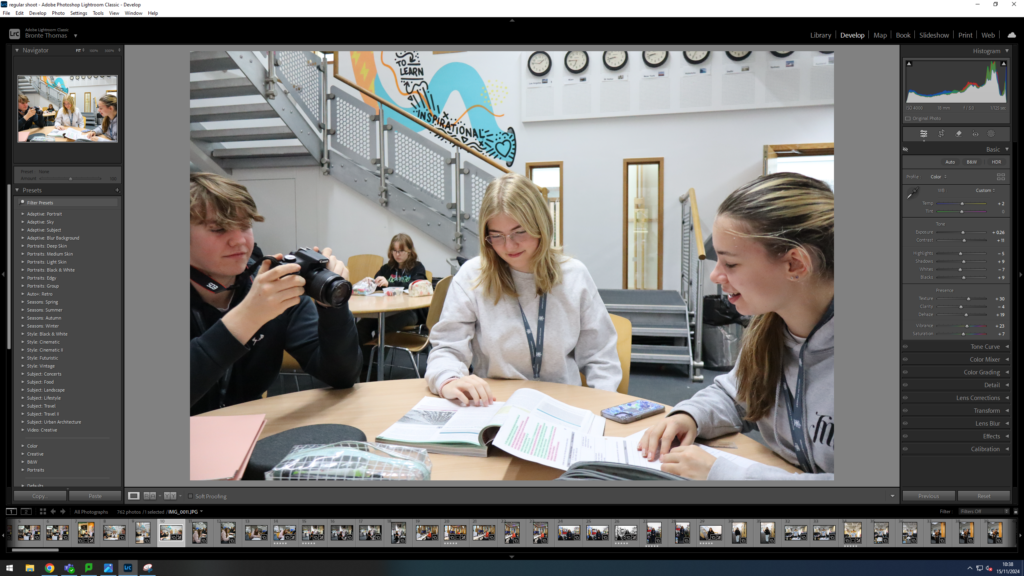

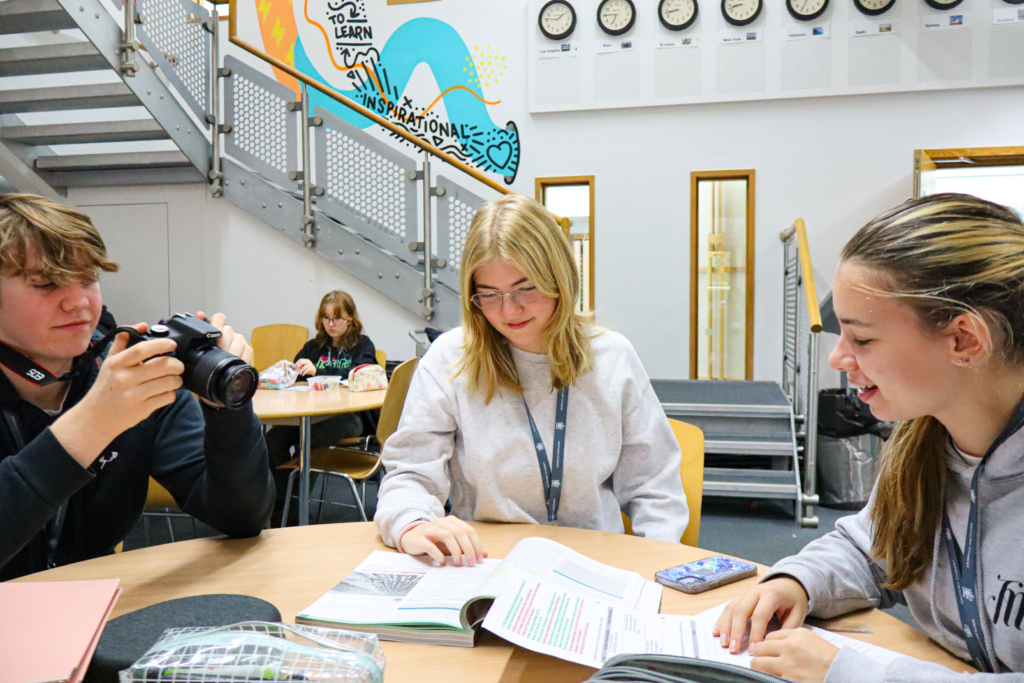
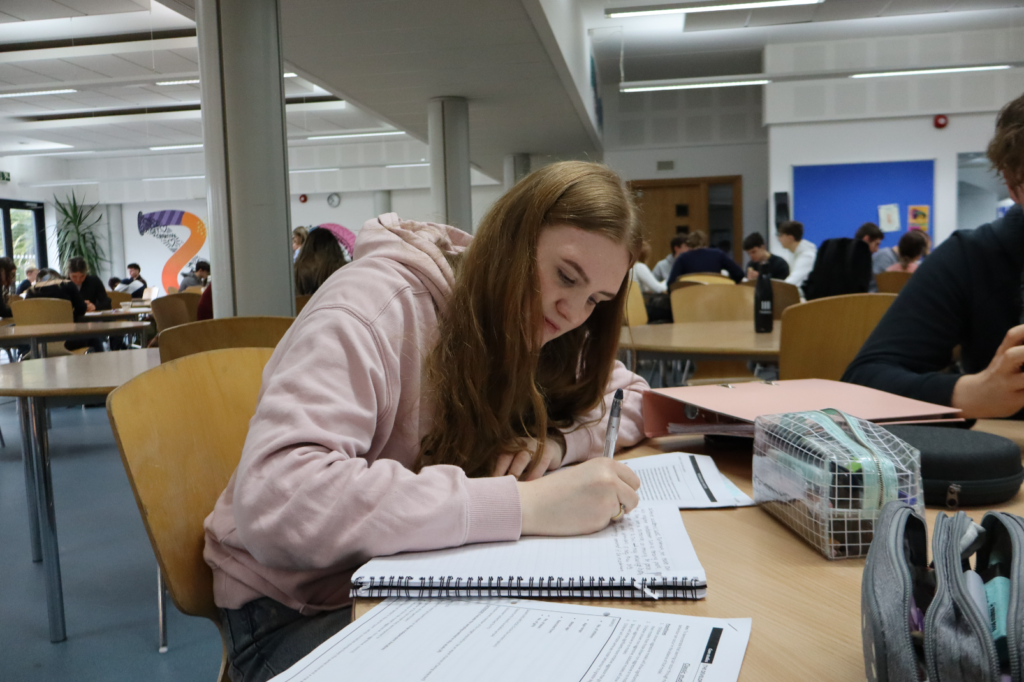


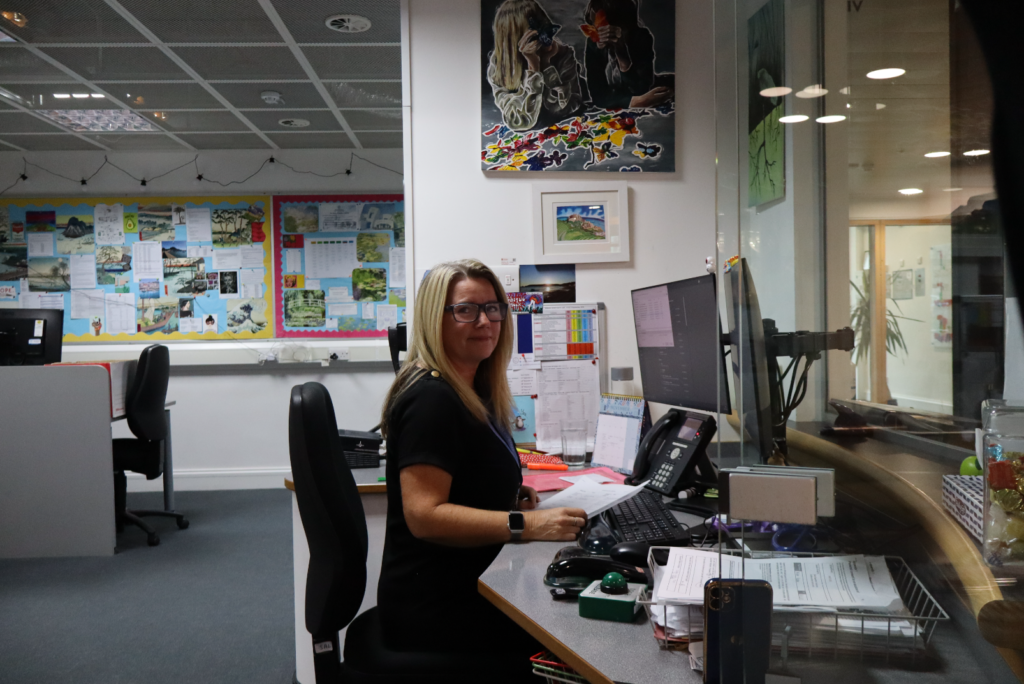

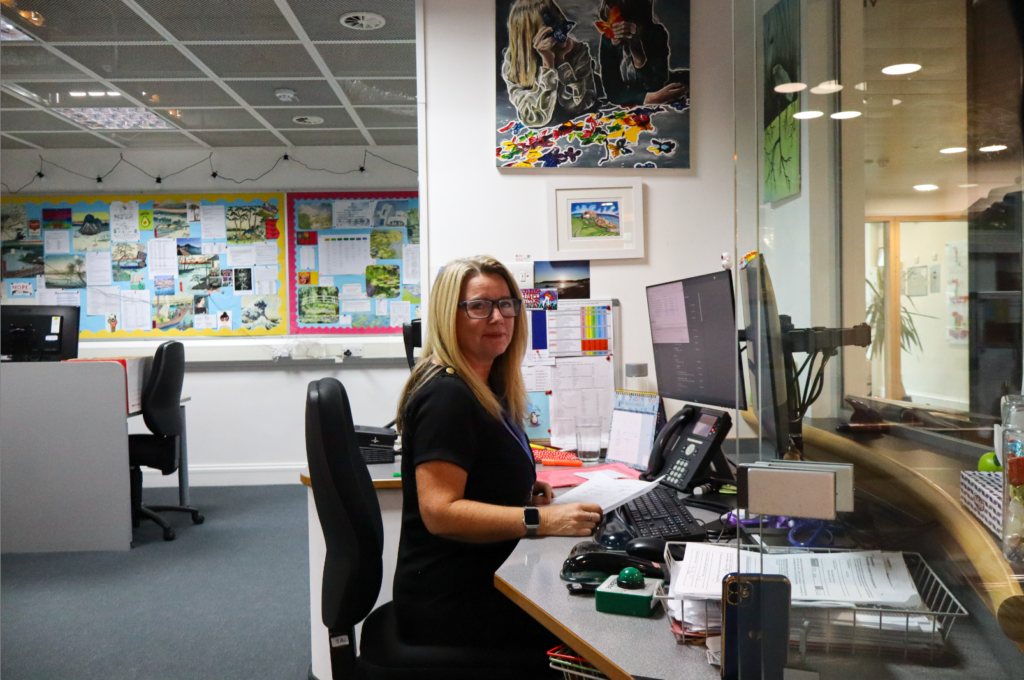
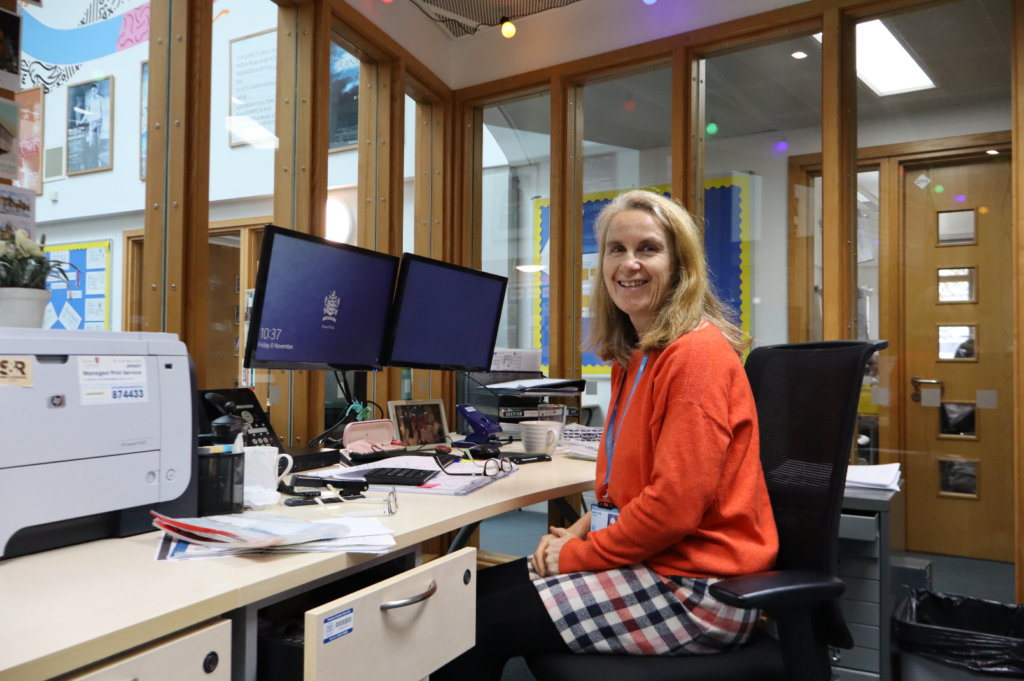


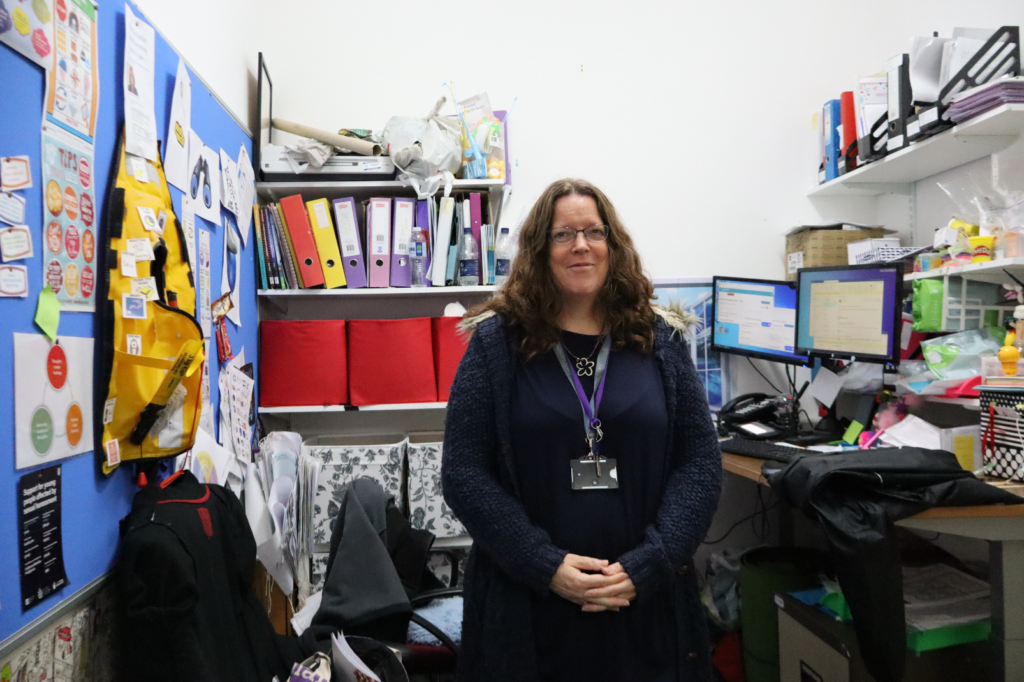

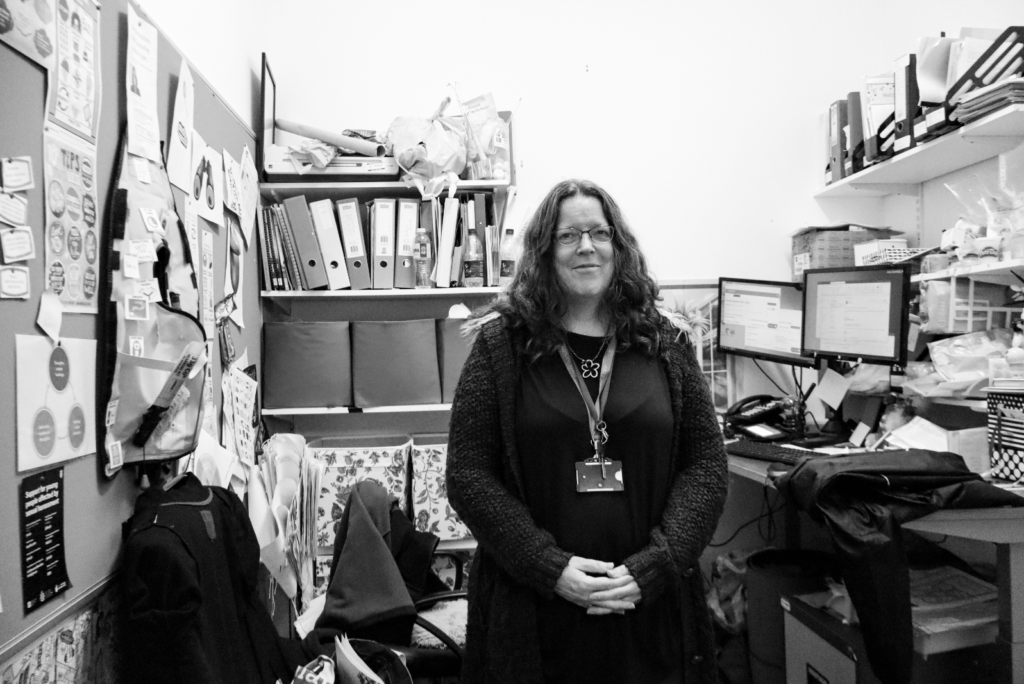
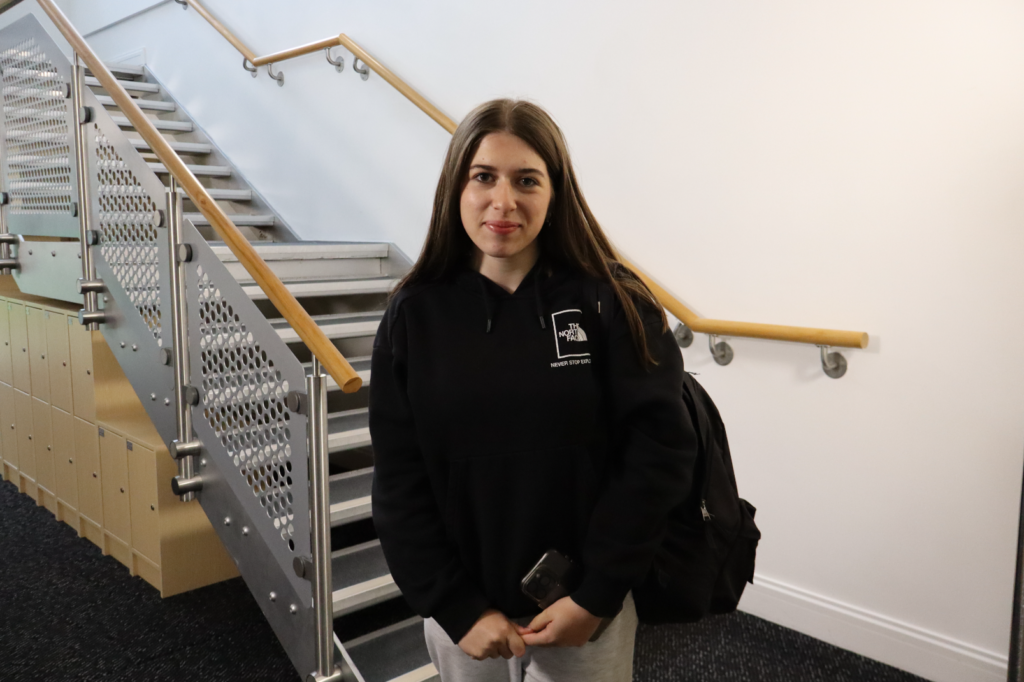


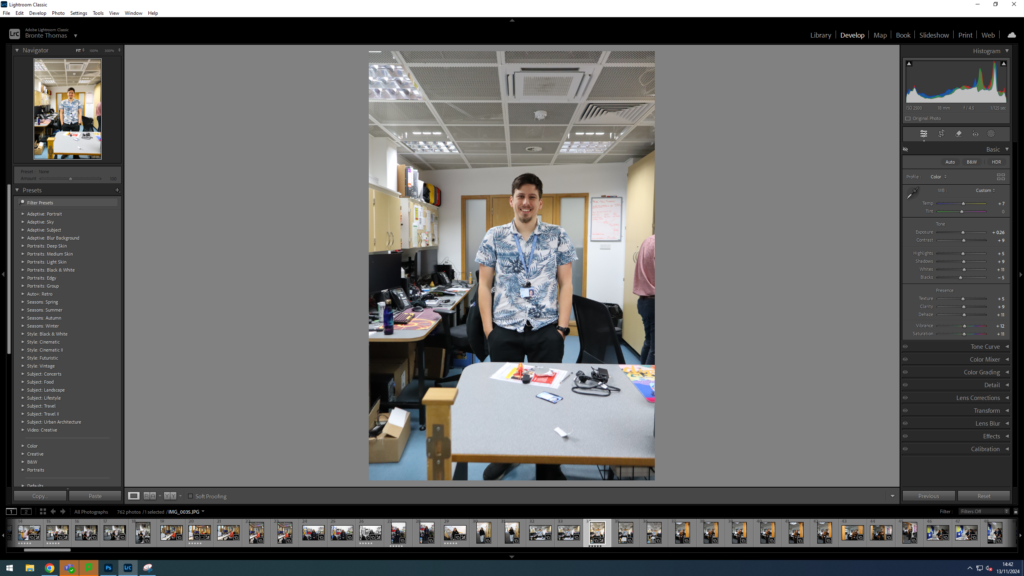

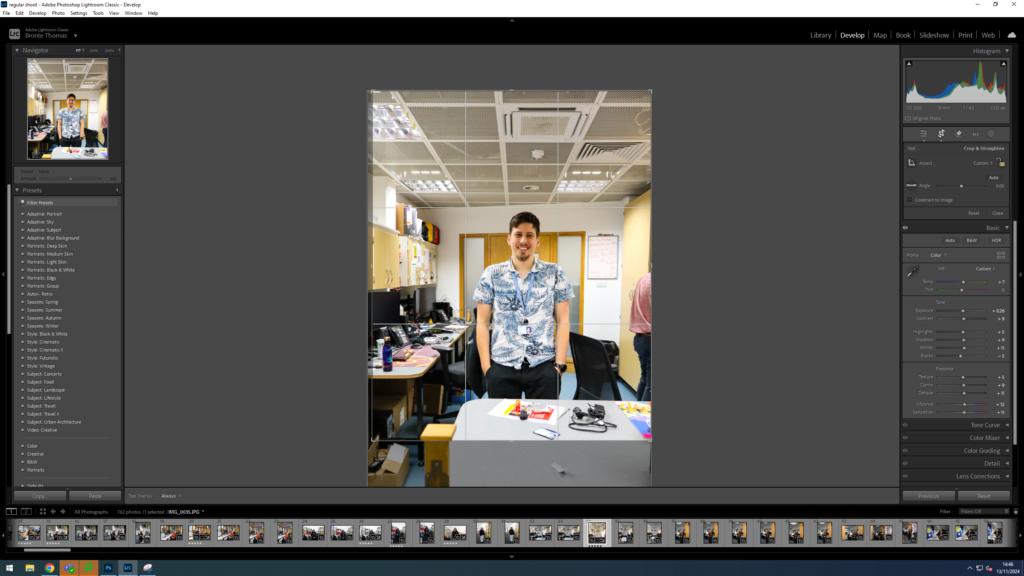
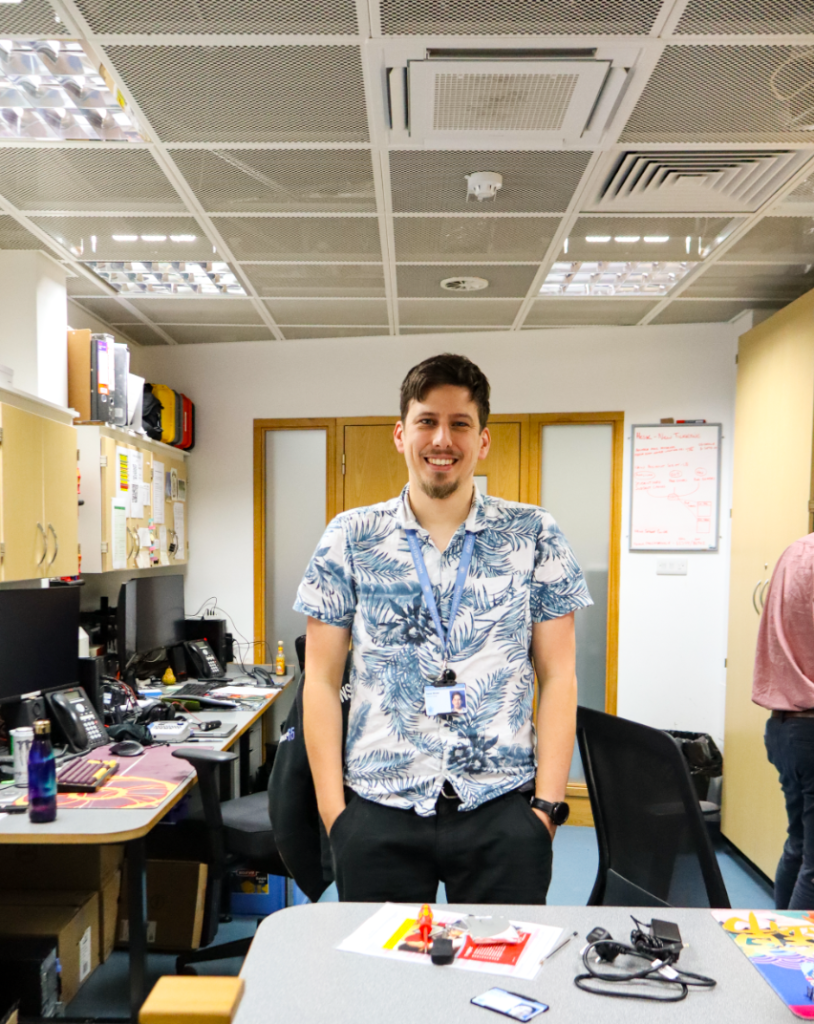
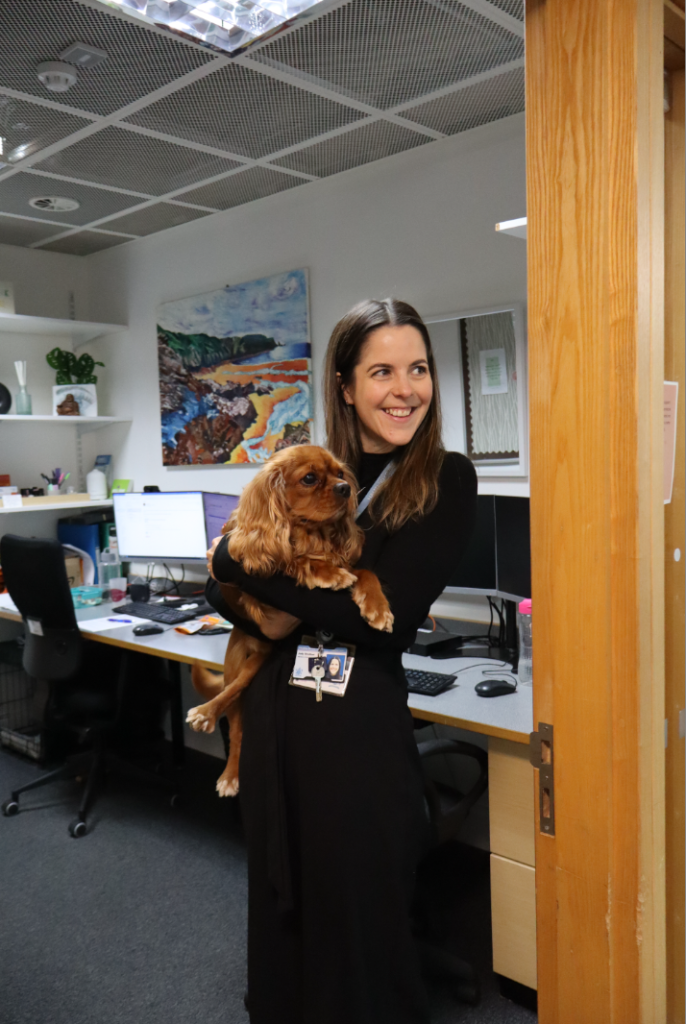

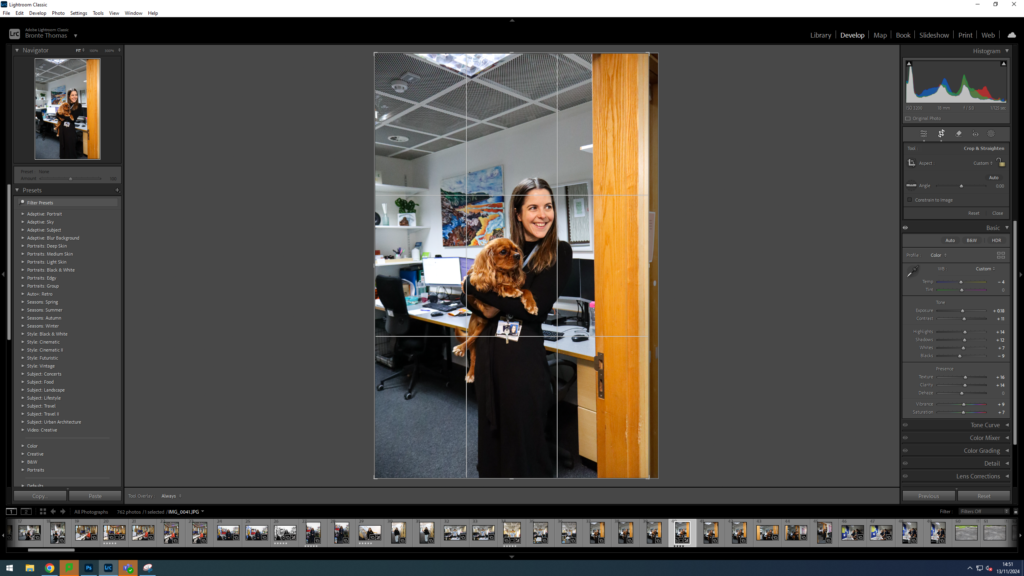
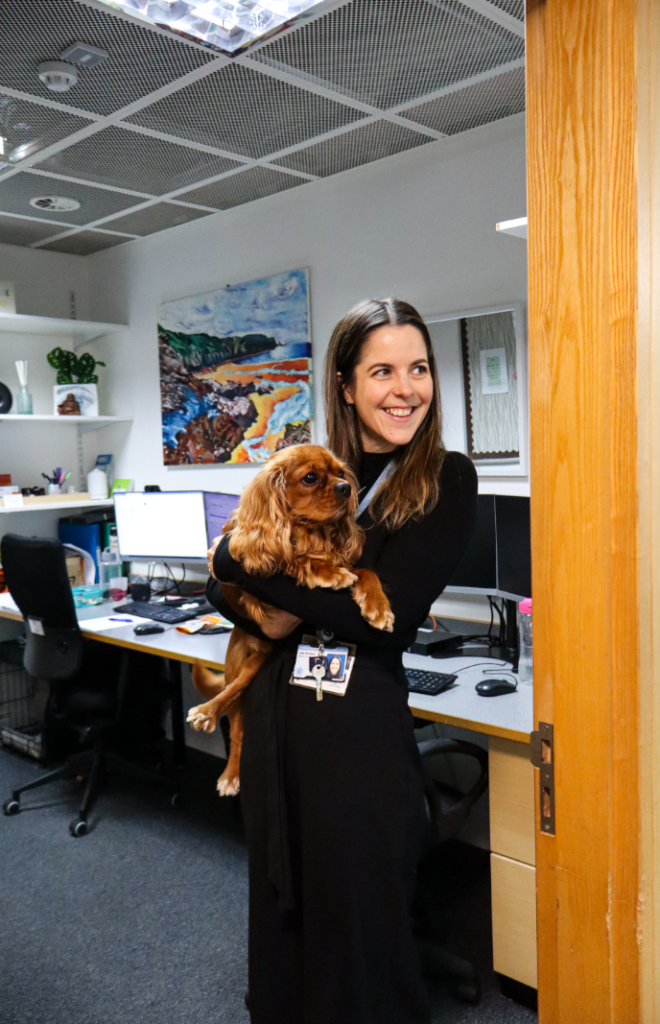


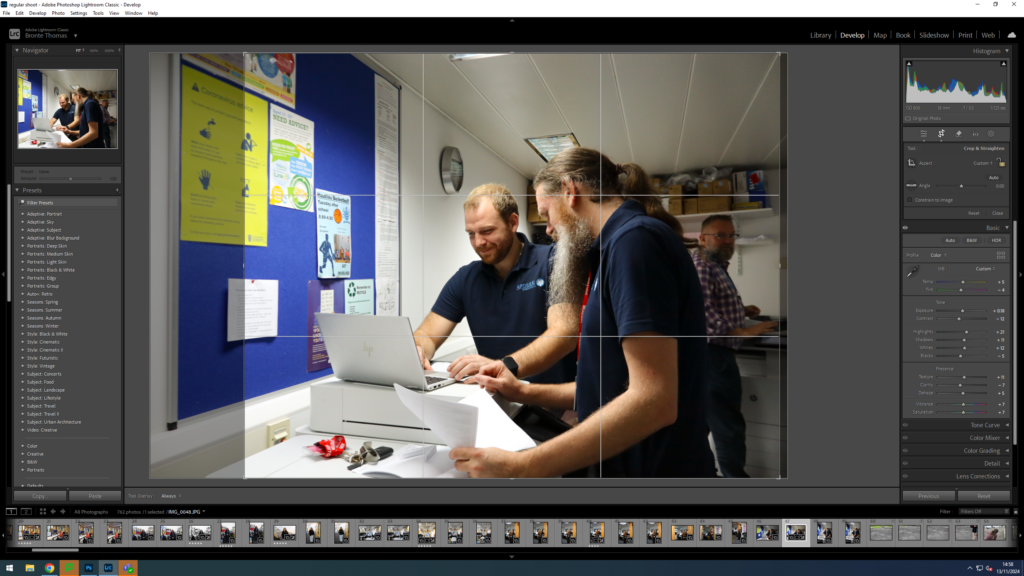
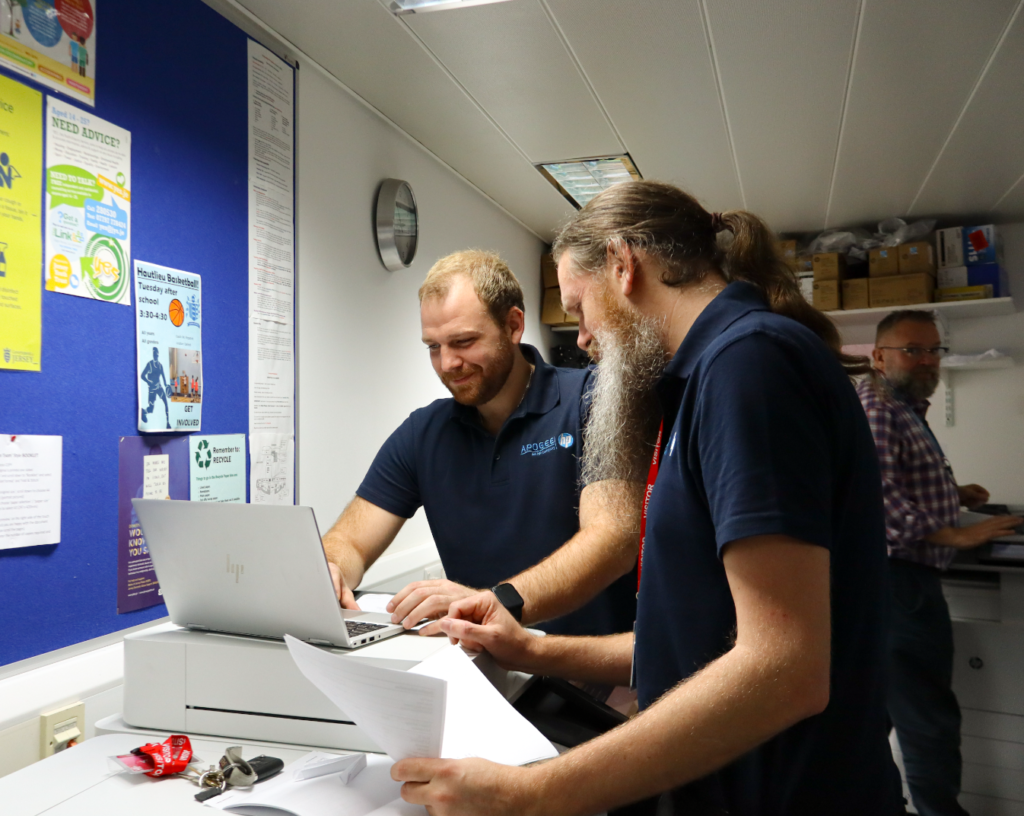
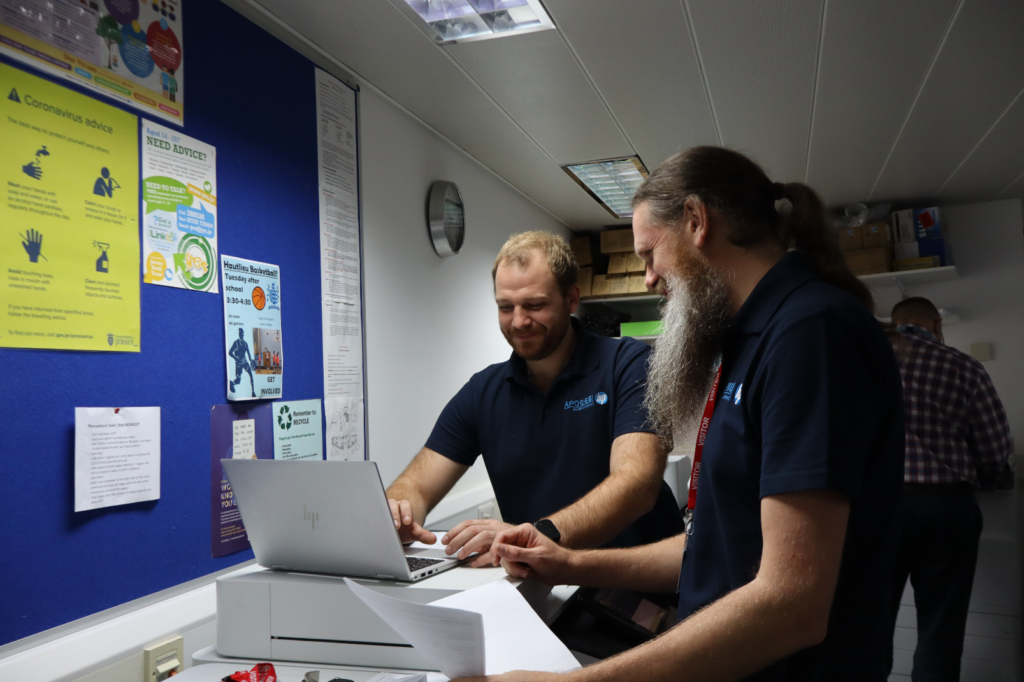



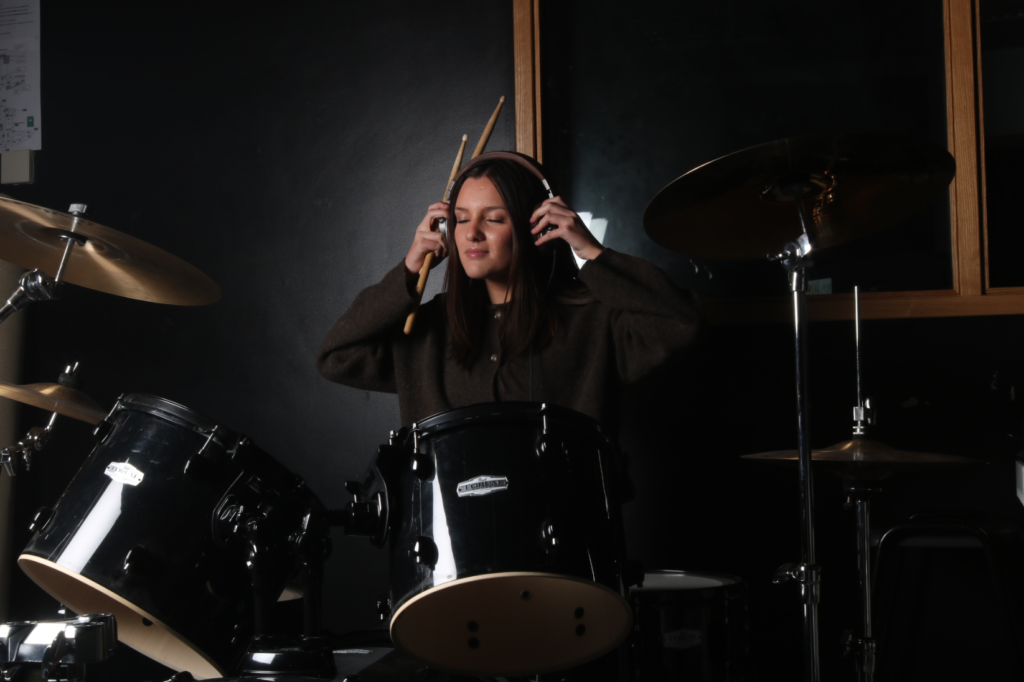
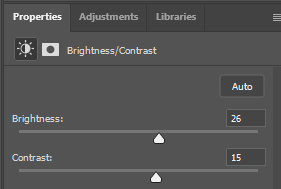
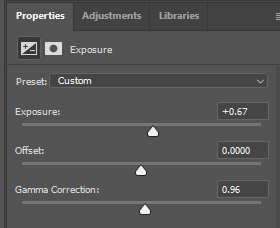

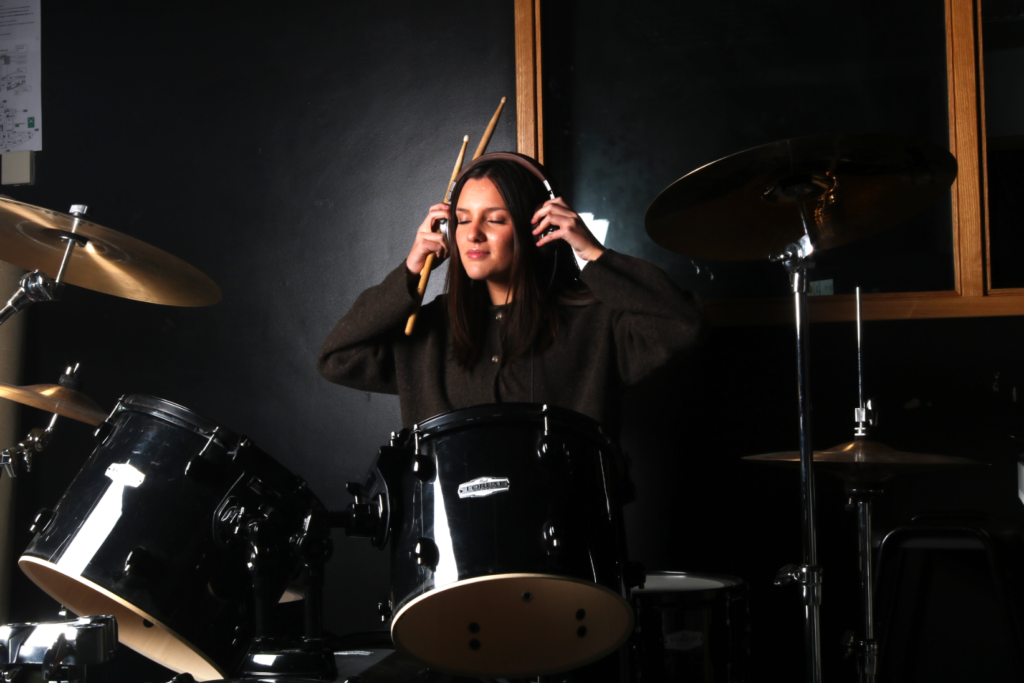

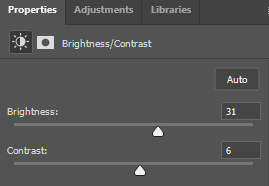
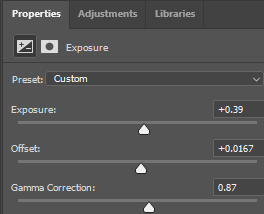
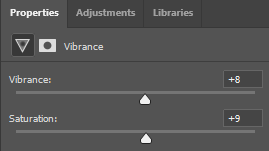
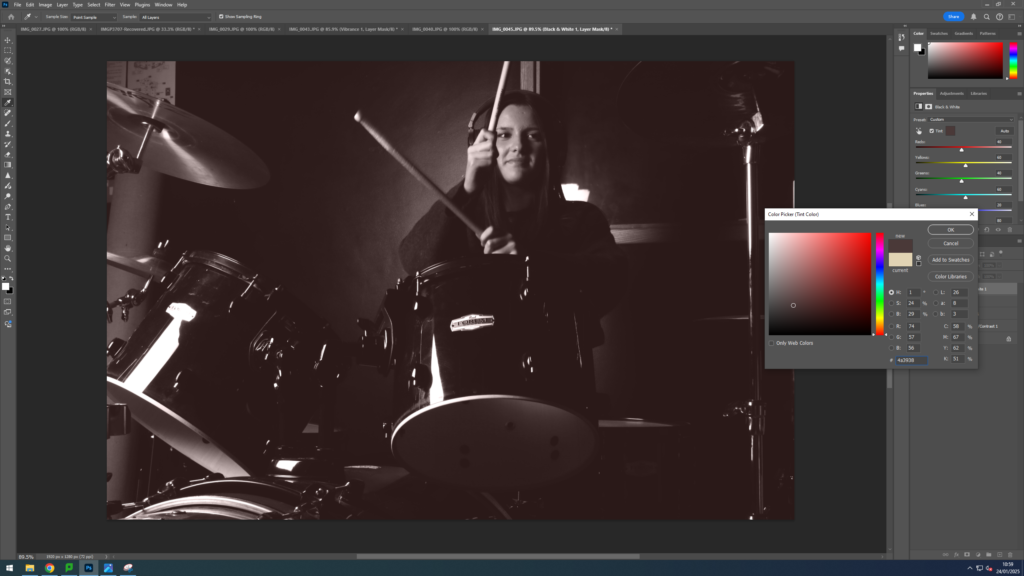
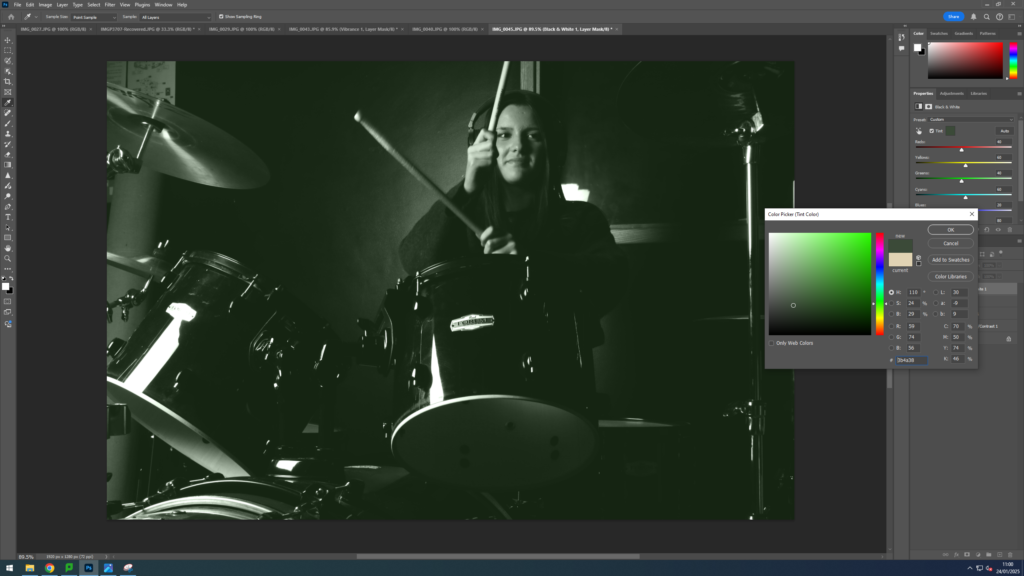


Compare and Contrast
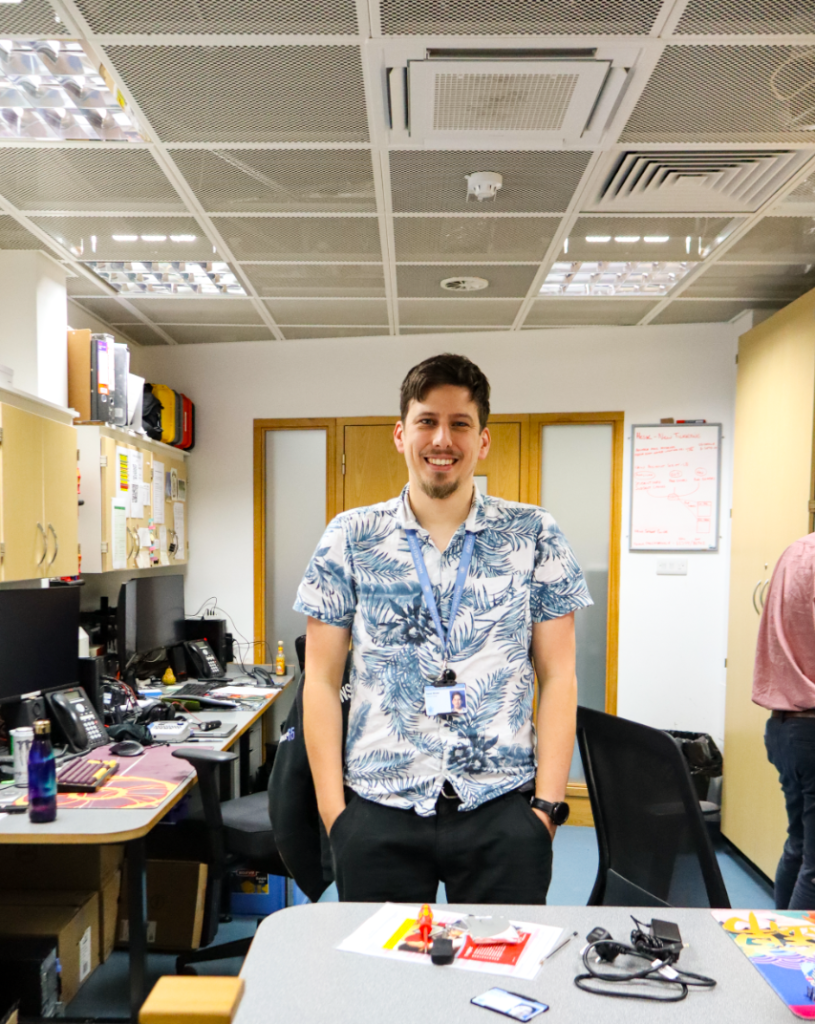
I believe both photos are similar as they are both taken in the subjects workplace. The lighting in both images is quite bright with Sanders looking like it was taken in the daytime possibly even outside however mine was taken under artificial lighting indoors. A difference between the works is the direction of light in Sanders is coming from the right side of the image however the light in my photo is coming from above the subject directly down. Another difference between mine and Sanders work is how they’re framed. Sander has taken his image framed as a full body image with the subject slightly to the right where as I have framed my work with a three quarter length. Sanders image looks to be posed with the subjects arm resting and the subject facing the camera with a black face gaze similarly to mine as he is posing with his arms also by having his hands in his pockets as well as his gaze is smiling and facing the camera. Each image is also taken horizontally.
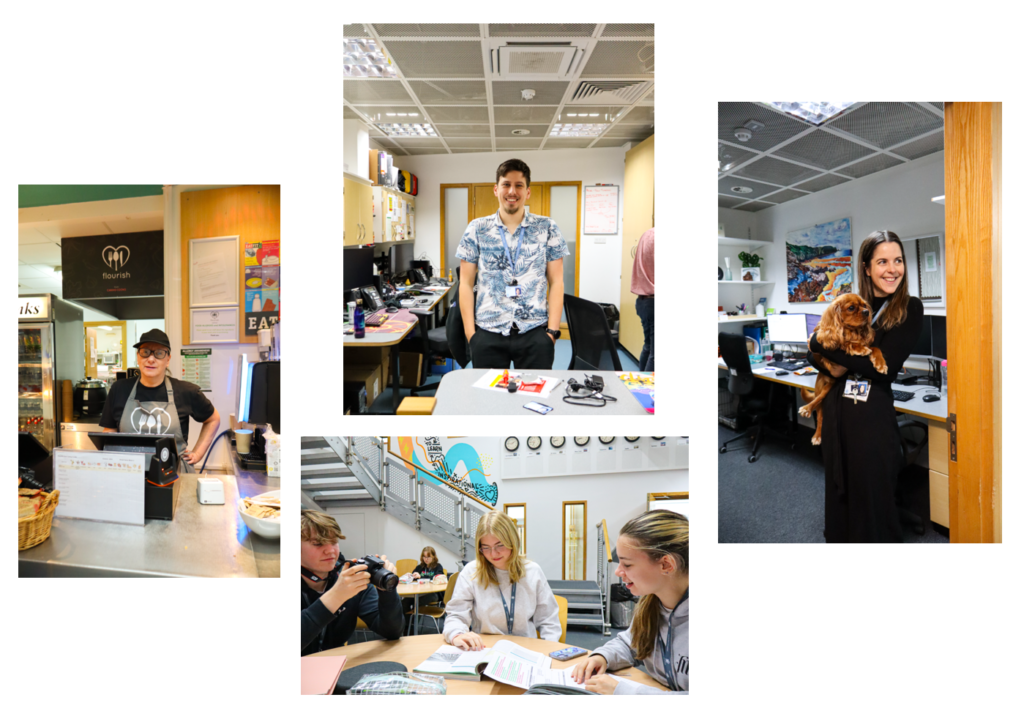



Although you have some confident examples of work here, your blog is lacking in consistency and a sense of completion / resolution.
You MUST complete current blog posts on a weekly basis, review them and publish them.
This allows us to assess your work and offer feedback and guidance to help steer your ideas in the best possible direction with a chance to control the quality too.